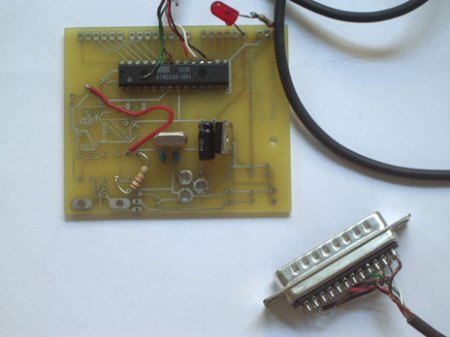
In the quest for a diy laser cutter made from DVD burner parts (that hack’s still in the works) this guy ended up with a junk box full of optical-drive leftovers. He put some of that surplus to good use by building this stroboscope. As the media spins, the white LED just out of focus in the foreground strobes to freeze the little black figure in the same place. The effect, as seen in the video after the break, is a dancing figure created by the optical illusion.
This is the same concept as that amazing 3D rowing skeleton build, but scaled down greatly. Each of the silhouettes seen above are slightly different, showing one pose that makes up a frame of the overall animation. They’re laser cut, but some careful paper-craft could probably accomplish the same thing. Assuming you could keep them from warping when spinning at high speeds.
Continue reading “Stroboscope Project Uses Optical Drive Motor And Arduino”
















